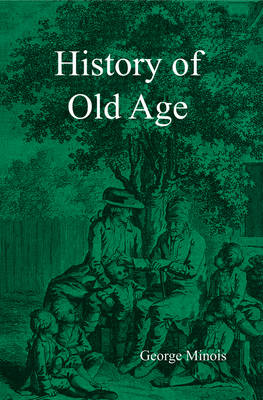This book is the first major study of the ways in which old age was perceived in Western culture and society. Beginning from ancient Palestine and Classical Greece, Minois traces the changing conceptions of the nature, value and burden of the old.
He shows how, in ancient Greece, the cult of youth and beauty, on the one hand, and the reverence for the figure of the Homeric sage, on the other, created an ambivalent attitude towards the aged. This ambiquity appears again in the contrast between the active role that senior citizens played in Roman politics, and their depiction in satirical literature of the period. Christian literature in the Middle Ages also played a large part in defining the society′s perception of the old, both in the image of the revered holy sage and in the total condemnation of the aged sinner.
Minois traces the increasingly positive image of old age in various professions from the eleventh to the sixteenth centuries. He shows how, as medical advances lengthened the average life–span, more and more old people were seen to take an active part in the life of the society. Throughout, Minois considers the interrelation of literary, religious, medical and political factors in the social fate of old men and women and their relationship with the rest of society.
- ISBN10 0745662137
- ISBN13 9780745662138
- Publish Date 13 July 2012 (first published 28 September 1989)
- Publish Status Active
- Publish Country GB
- Imprint Polity Press
- Format Paperback
- Pages 160
- Language English
